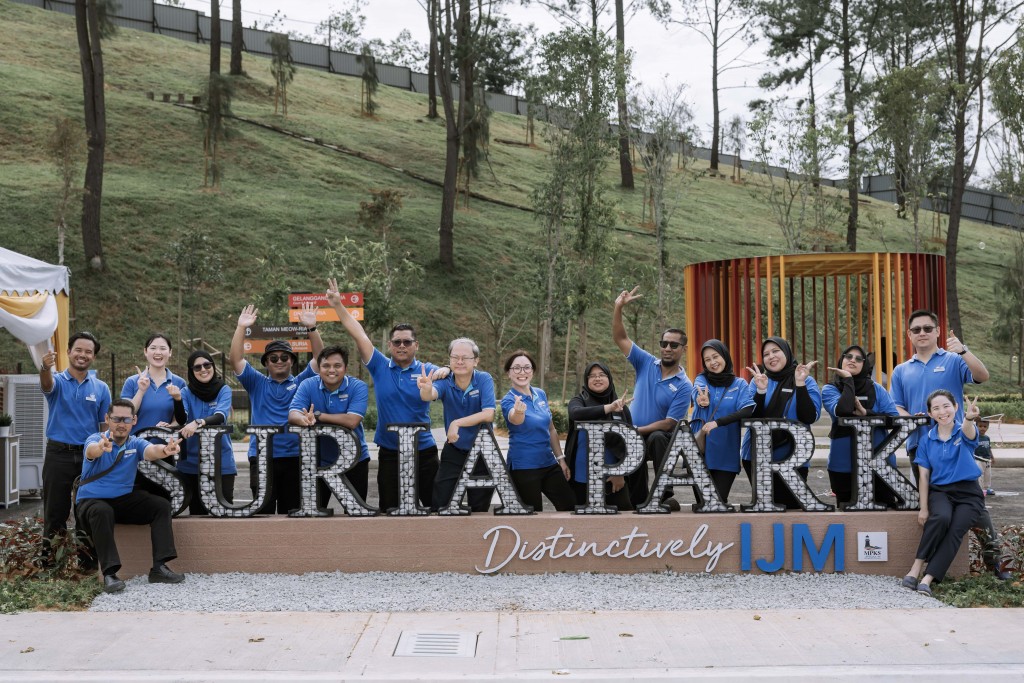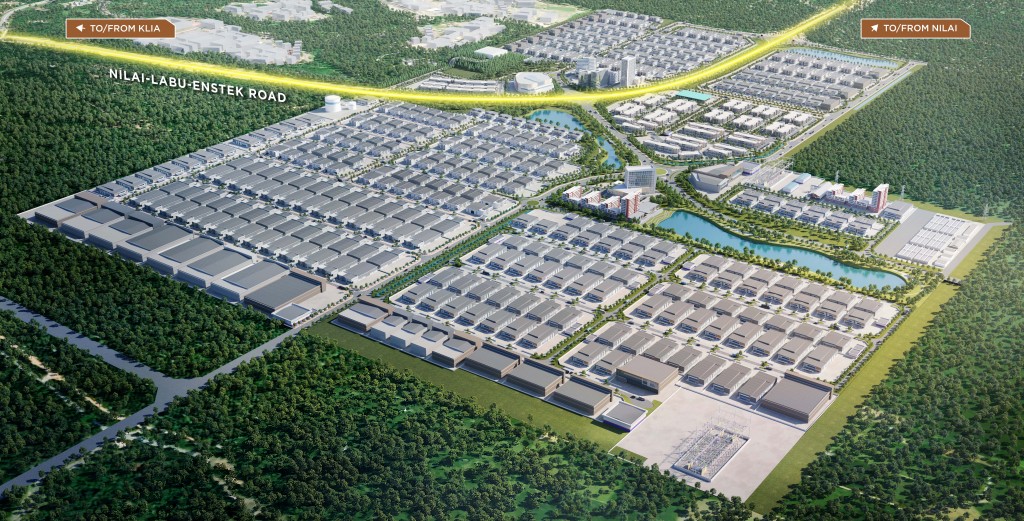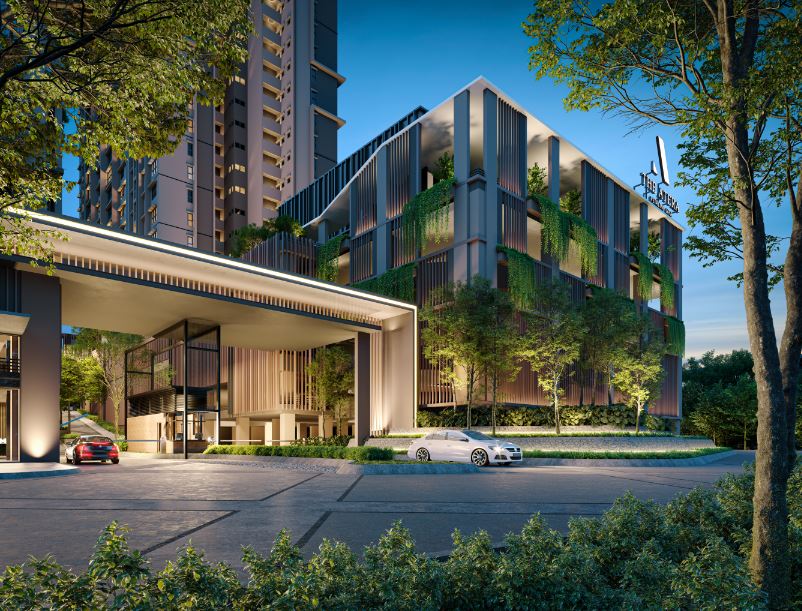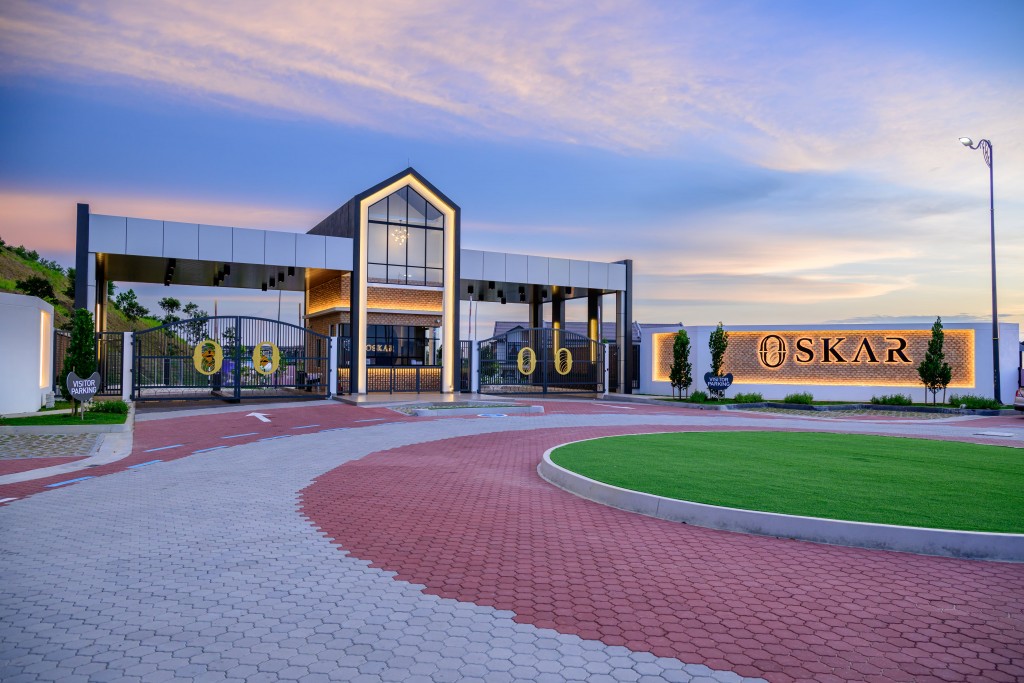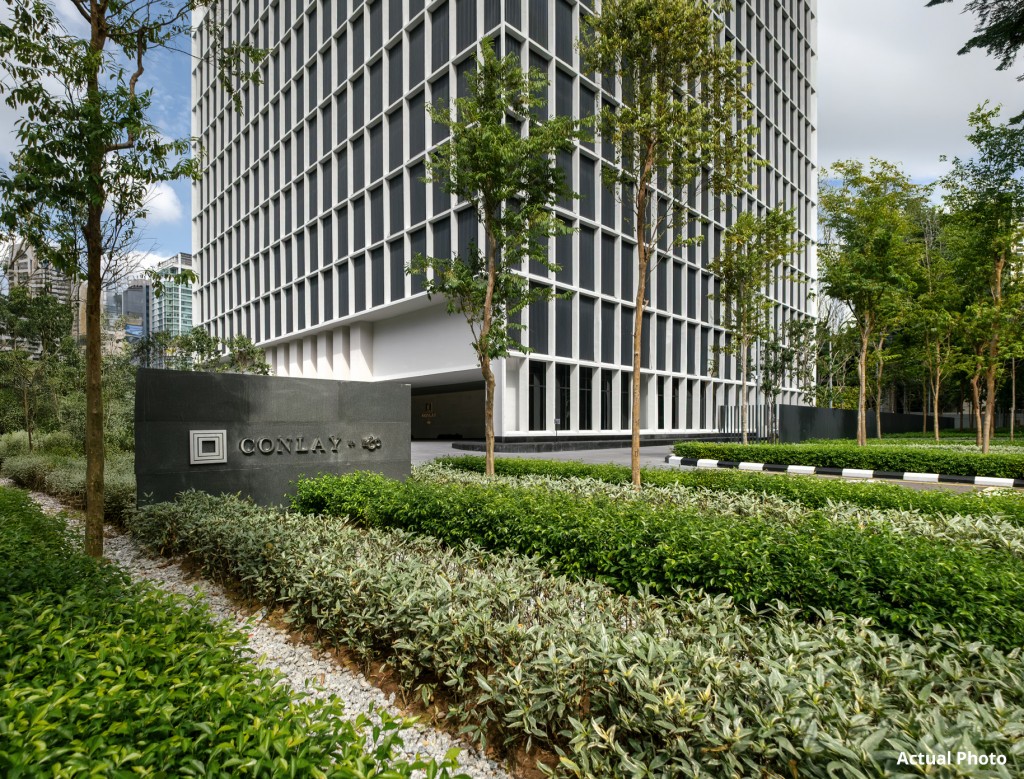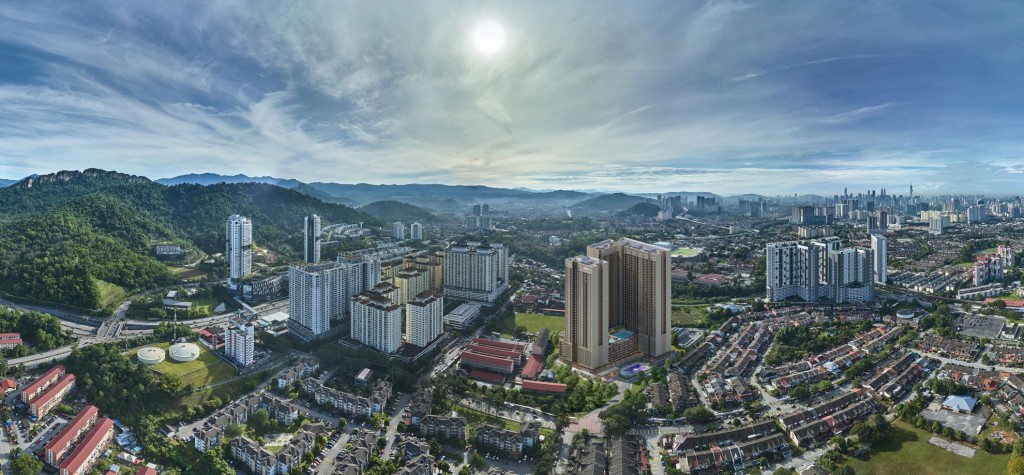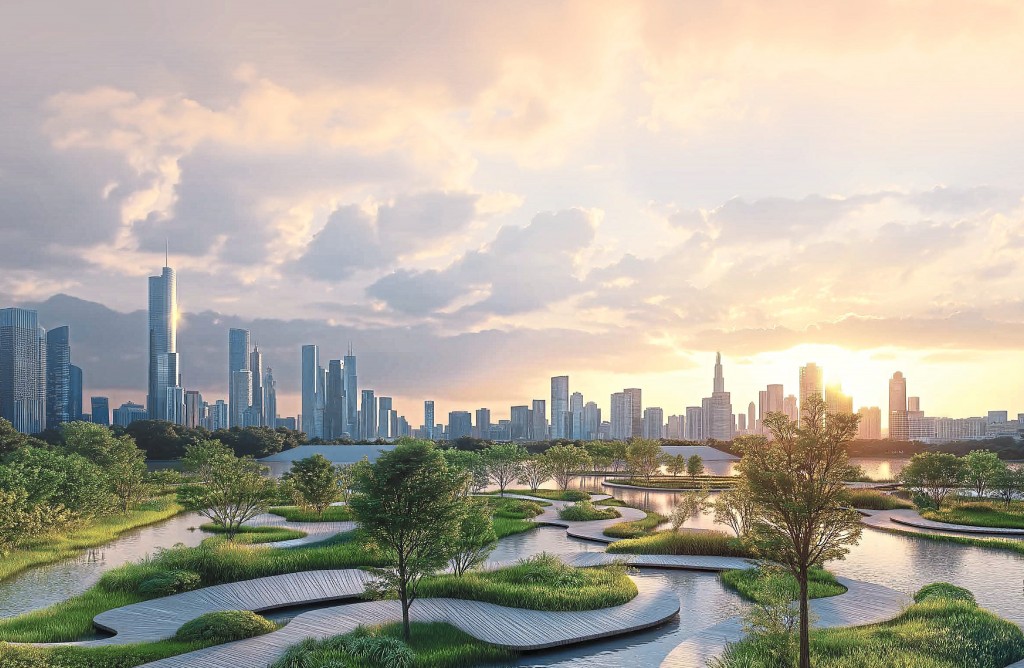“When we imagine the future, we only see today.” - Source unknown
BY DATUK STEWART LABROOY
I WAS fortunate to attend a series of lectures in conjunction with the “Business of Innovation 2015” Conference organised by the London Speaker Bureau earlier this month which featured Sir Bob Geldof of “Live Aid” fame.
During his speech, he asked the audience what would be the most disruptive technology this century will witness. Lacking an answer, he removed his smartphone from his pocket and reminded everyone there that we all should pay attention to the power of what we hold in our hands and how it will reshape our collective future.
The digital economy has arrived
It started with the Internet back in the 1990s and as bandwidth expanded to allow the streaming of movies and music coupled with the birth of social network and the rapid digitalisation of our business, a revolution was created in the online world.
Its impact on the way we do business is beginning to be felt in many industries that did not see it coming, and have had to scramble to change their business models or face collapse.
We are witnessing the great transformation of the digital age. Among its victims are the following industries - newspaper print edition, brokerage, insurance, publishing, travel and now, the big box retail industry. All have had to make rapid changes to their business models, resulting in broad changes to their real estate requirements.
Professor Douglas McWilliams, one of UK’s leading economists, just launched a book called The Flat White Economy: How the Digital Economy is Transforming London and the Other Cities of the Future. In it, he describes the cultural shift over the past decade from the champagne-soaked city to the coffee drinking technophiles. The flat white economy -technology, creativity and marketing made up 7.6% of the UK’s GDP (gross domestic product) and is expected to rise to 15.8% by 2525.
The next wave of demand
So, how do we look into the future and see how our economic demand for real estate will evolve? The key is to see if we too will follow the path of technological innovation and predict how those companies and their employees will view their office accommodation choices. This revolution will also affect the entire civil service as we are witnessing an unprecedented move by governments to adopt online solutions for dealing with the public/government services interfaces. Counter services could be a thing of the past.
For companies today, staff retention is high up on the agenda. Losing starfee earners, whether they be from the capital markets or technology companies, is damaging for businesses, and many are realising that even the cost of replacing support staff can be higher than the rent paid on their workstations.
In order to accommodate economic and population growth, a city can either move outwards or upwards. Moving outwards was a trend that was popular in the 80s and 90s that led to the birth of “Bedroom Townships”, such as Subang Jaya, Bandar Utama, Sri Hartamas, Mont' Kiara, Bandar Sunway and Puchong, to name a few.
However, such decisions break up business clusters and create the traffic chaos that we witness today as more and more people live away from the city and have to find their way to work every day.
A skyscraper boom?
Today, world cities are in the midst of the skyscraper boom (defined as a building exceeding 350 ft in height). This is seen as a means of resolving the major economic and geographic changes facing cities. London has added 23 new skyscrapers since 2000 compared to 17 in the preceding 40 years.
Meanwhile, New York has added four new towers last year alone. The new enthusiasm for vertical buildings in cities is the change in the perception of companies in relation to their workers. In the 70s and 80s, it was always a question of cost that companies wanted to minimise but with little thought on how to boost productivity.
However today, firms are viewing real estate as a means of controlling a much bigger cost due to staff retention. This has coincided with a move back to the city centres to live. In short, they are wanting to create a work/life balance for the new generation of employees.
Companies are now approaching space from the perspective of:
- Creating an office space that staff want to be in.
- Changing working habits through office design, thereby enabling a higher degree of collaboration among staff members in the workplace.
- Encouraging the new workforce to move into city centres to be near their workplace.
We have seen an unprecedented building boom of new skyscrapers, with much more to come. Will every developer get it right? Probably not, but there are some very attractive new developments with integrated F&B (food and beverage) outlets and accommodation blended into a single offering.
I believe that the next wave of workers in the cities will be looking at city living with all the amenities close at hand and to their place of work. Demand for knowledge workers is increasing so is the need to accommodate them in buildings that they find attractive.
The future success of these new skyscrapers may take many of us by surprise. If we had any imagination, we would have seen it coming.
>> Datuk Stewart LaBrooy is the chief executive officer of Axis REIT Managers Bhd.



